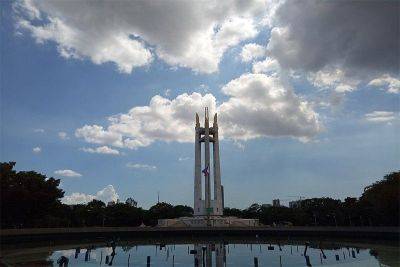A Primer on U.S.-Philippine Military Ties
The United States and the Philippines announced a deal on Thursday that will give U.S. forces access to four more military sites in the Southeast Asian country, creating the largest American military presence there in decades.
The deal, an apparent sign of warming ties between the countries after a six-year rough patch, would have strategic implications if a conflict were ever to break out in Taiwan or the South China Sea.
Here is a brief history of the U.S. military alliance with the Philippines and its complex historical legacy.
The Philippines, a former Spanish colony that gained independence in 1946 after being ruled as an American territory for decades, is the oldest of the United States’ five treaty allies in the region. (The others are Australia, Japan, South Korea and Thailand.) It is also a crucial strategic partner in a region where China has been asserting its military power and building military outposts on contested islands in the South China Sea.
The three main components of the U.S.-Philippine military alliance are a 1951 Mutual Defense Treaty; a 1999 Visiting Forces Agreement that allowed for large-scale military exercises; and a 2014 defense agreement that enabled the American military to station troops and weapons at five sites across the Philippines.
The United States military has also sent Special Operations forces to advise counterterrorism missions in the southern Philippines, where Muslim insurgents have battled the Catholic-majority state for decades.
The Philippines once hosted some of America’s largest overseas military facilities. But the idea of hosting foreign troops in the country was politically sensitive, because many Filipinos saw the arrangement as a vestige of American colonialism.
In 1992,







